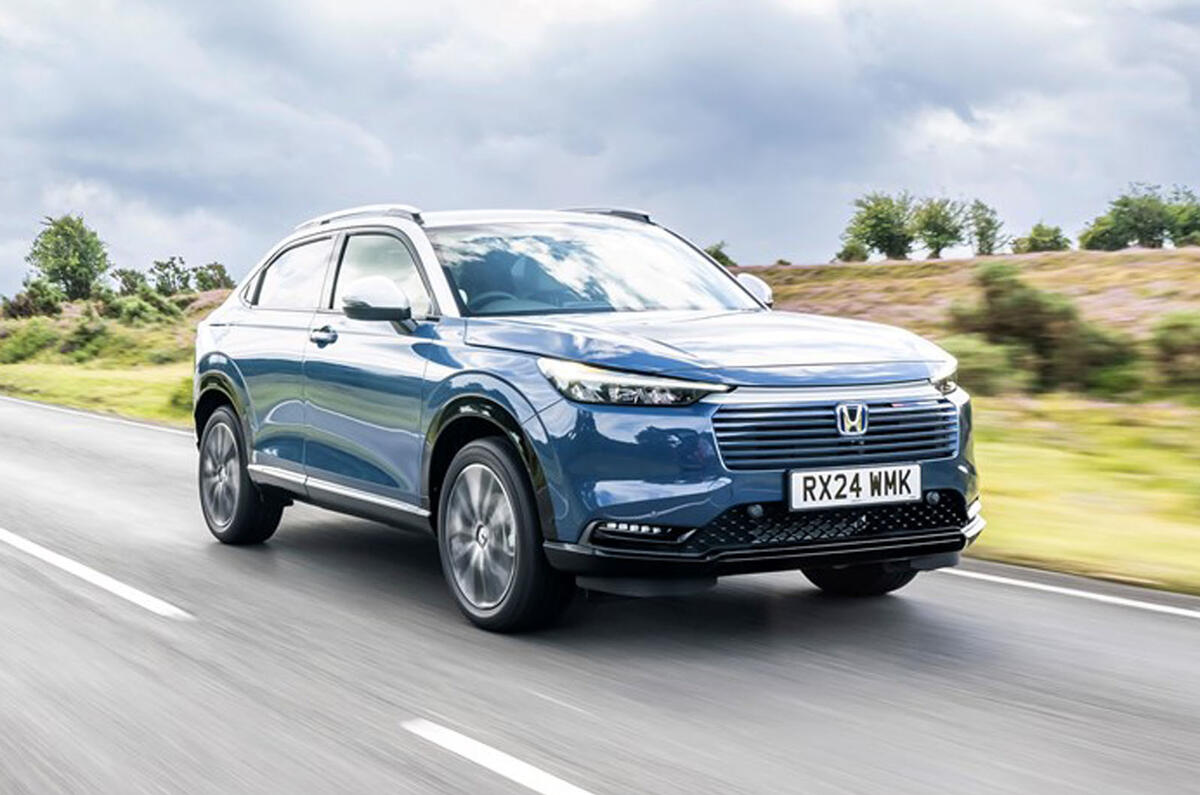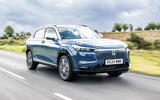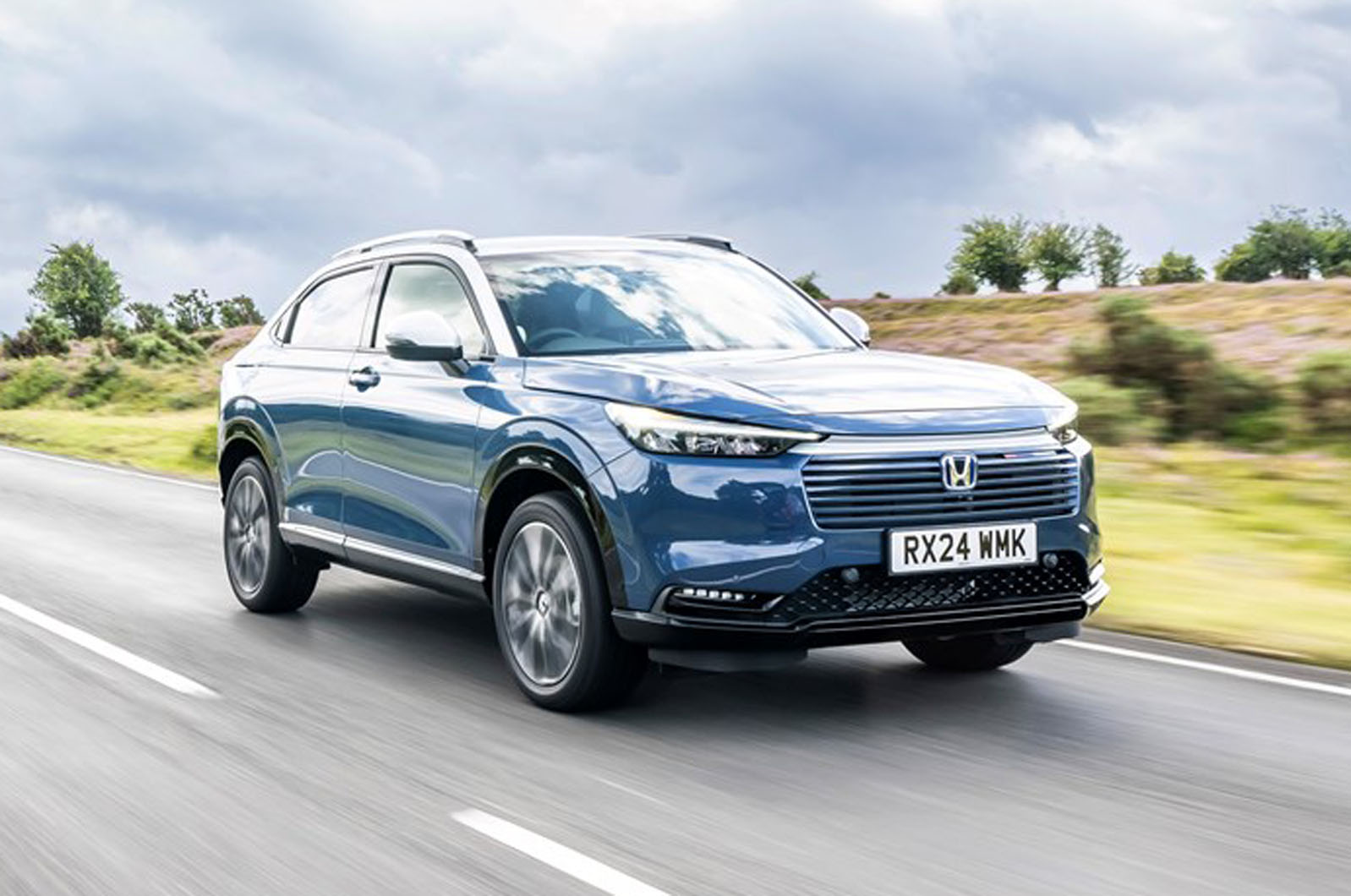You’ll be forgiven for not noticing that the Honda HR-V was given a very minor update at the end of last year. It amounted to a new grille (now squared rather than rounded), a reworked front bumper, sharper headlights, a bit of shaping worked into the body (especially at the sides), and the addition of a new range-topping trim (Advance Style Plus) which adds a panoramic roof and funky alloys.
But, that’s it. So while other car makers are slimming down line ups or bringing in substantial updates Honda has basically given the HR-V what amounts to a haircut.
On the contrary, and to be fair to Honda, that’s really all it needed. When the current third generation model launched in 2021, Honda’s push to exit the design doldrums was clear to see. Gone was bit of a hitherto anonymous crossover and in its place arrived a surprisingly sleek design.
What’s more, it went hybrid only, as denoted by the ‘e:HEV’ element of its name. It drives like an EV at town speeds but uses its engine alone on the motorway to maximise efficiency and it blends the two on routes that fall somewhere in the middle.
Honda isn’t just targeting a fresh aesthetic and exceptional efficiency with this car, either, but also class-leading packaging and cabin comfort, and a car that hs been “engineered for the joy of driving”.
That has resonated with drivers, as the new HR-V has been Honda’s best seller by a mile – 7980 in the UK last year, 2500 more than the ENY:1 and ZRV – and so just a light freshen up was due to keep the car at pace against a broad spectrum of newly updated rivals such as the Peugeot 2008, Renault Captur, and Nissan Qashqai. It’s an overpopulated class, with no shortage of competition, so have these tweaks helped the HR-V again stand out? We find out.


























































